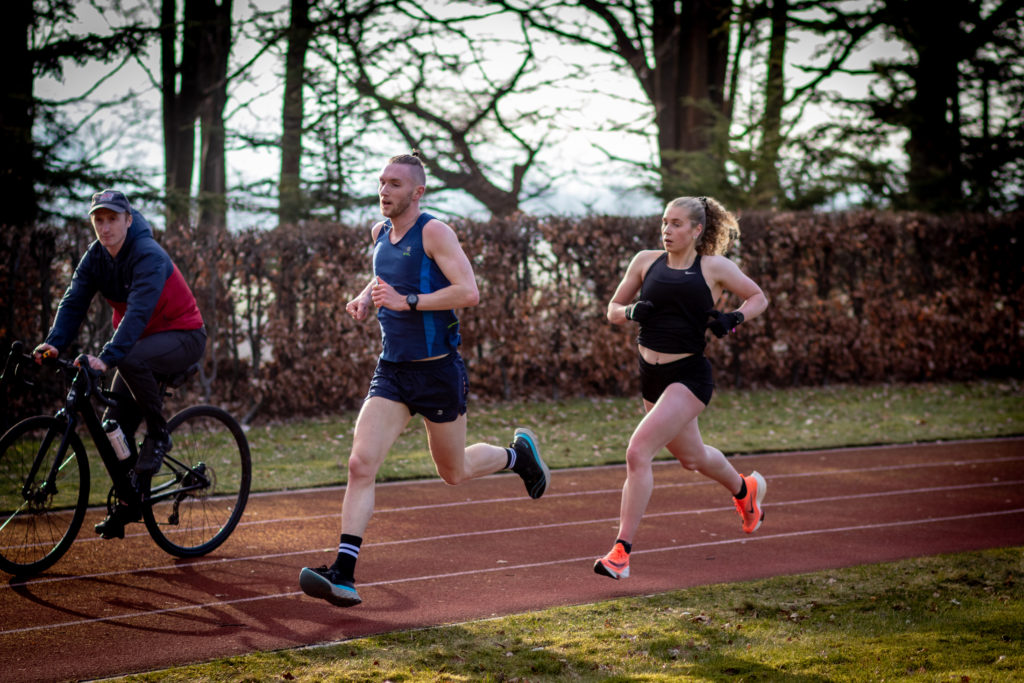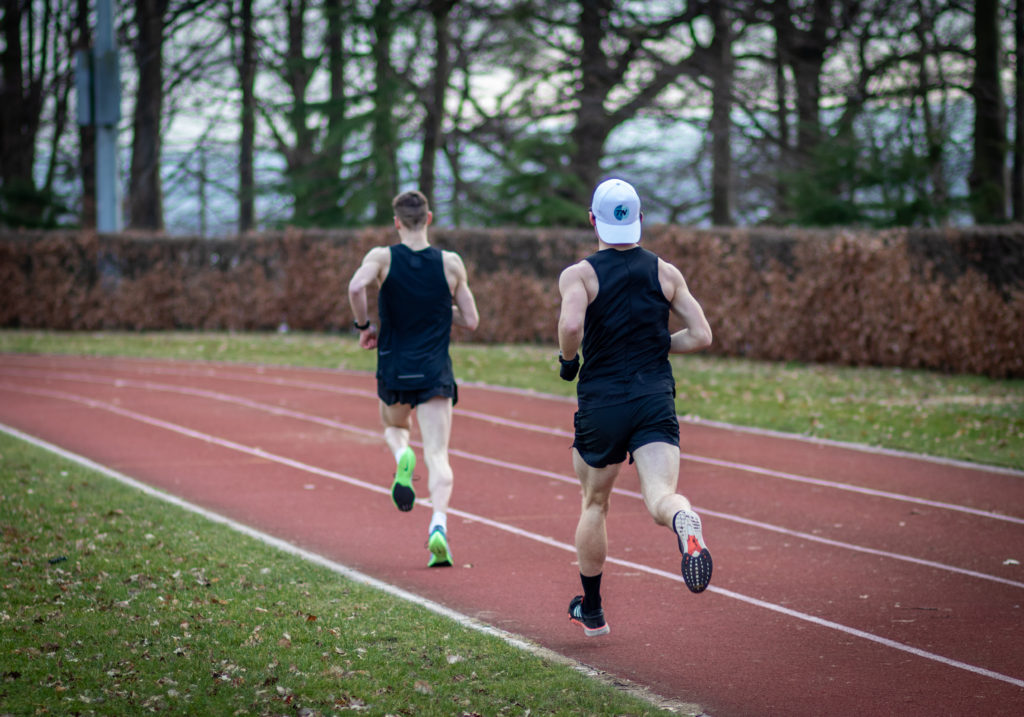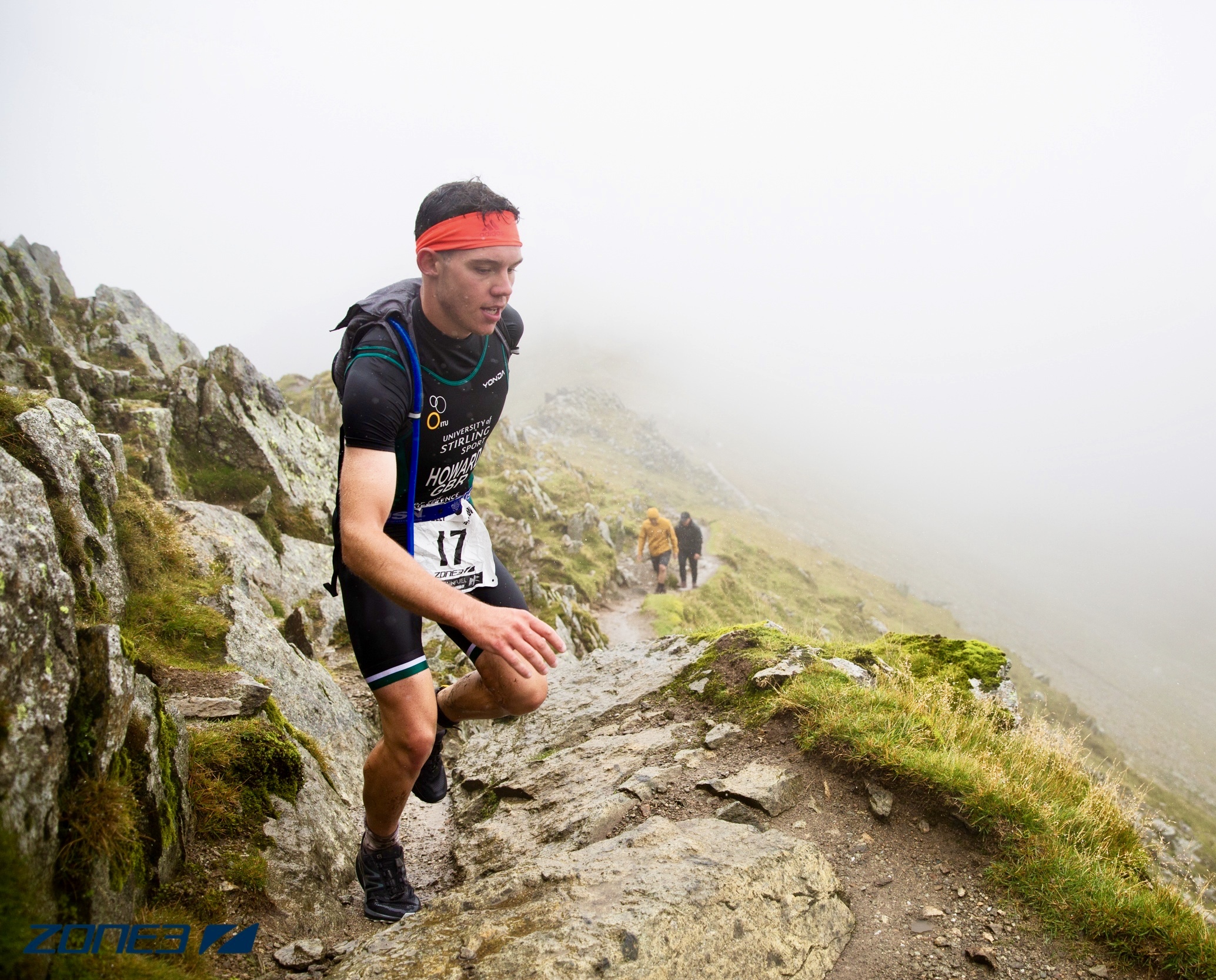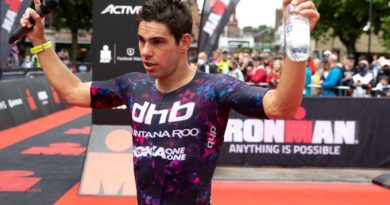The Secrets of High Performance Training
These days with social media, Strava, YouTube etc how athletes train is actually far less secret. You can easily find many professional or top athletes on Strava sharing their sessions, power and all sorts. Perhaps sport has lost a touch of magic or mystery but none the less it goes to show there aren’t really any big secrets.
I thought it would be interesting to share a little of how I approach training with the performance and elite athletes I work with. How we structure a week and key sessions and how this fits into the bigger picture. One of the key principles for me is individuality and when training a squad this has its own challenges and unique set of problems but it may be interesting to also share some of this!

I like to think of training or a training block as an alphabet. Starting with the end goal (Z) and working back to where you are just now (A) with plenty of steps and letters along the way! Z might be 6 weeks, it might be the A race or it could be a specific focused block. But where are you wanting to head and where are you now what is your A baseline? If we are dealing with a traditional race season our first block will begin in October and look to build to April/May as a general overview. We will start with a review and reflections. It is critical to be open and honest here, what worked? What didn’t? Where did we fall short or miss out? An example of this for us is one winter we had realised we were swimming too fast too soon, the athletes were peaking too early and swim times diminished over summer. Back to the drawing board.
So we start with the bigger details, dates and times and work backward. Possibly a few tests or benchmarks and establish where we are and where we need to be. Fairly straightforward.
Depending on what we may be working on it’ll then be broken into 4/6 week blocks or cycles. For example a stable is beginning winter with strength endurance work – running hill reps, over gear bike work and steady state miles. This type of training continues through the year but will be heavily focused on for the first 6 weeks of training. We look to establish a base of fitness, the foundations for the year to come and a chance to re set the baseline. The rate at which we then proceed or move on the phases of training depends on the race calendar, athlete response and individual area of focus. That’s where it becomes harder as a coach and the athletes may start to have slightly different programmes.

In Stirling as a whole we train as a squad, 6 swims, 2 runs and a few bikes as a coached group. This group can be up to 15 athletes all who are individuals with their own goals, strengths and weaknesses. As a coach planning these sessions takes time but it is never overly complicated. Some will do more reps than others, some off a faster turnaround or shorter and some may do something completely different. This is usually pre planned based on the athletes goals, fitness and level but we also make calls on the day. How do they present? How are they feeling and how is the form? I read somewhere that the best analysis tool a coach has is watching their athletes.
In terms of how a week is broken down this is a mix of aerobic training and key sessions across all three sports. I’m a big believer and advocate of aerobic hours and volume. We are in an endurance sport so ultimately the guys need to have big engines, have high aerobic capacity and be able to deal with high training loads. Very rarely are the athletes “fresh” but they are able to deal with hard sessions under a high training load and continually improve. I feel this is crucial in triathlon as for example the run you will already be fatigued so if you are always training fresh you aren’t going to adapt! Most of our athletes whilst studying full time will train between 18-25 hours a week, this isn’t easy and takes time to build up to but it can be successfully managed.
Overall if you were to observe or see the athletes train you may not see huge difference week to week. We keep things consistent, we have a good routine and its weeks, months and layers of this when the improvements and fitness come. But it is the subtle differences in each block where the progression and challenge comes from, the blend of work against recovery, the type of session and which physiological parameters we aim to hit that week. I would assume people might watch some of the athletes train and think it looks too easy or relaxed, that we don’t push hard enough. But the difference is when they do push and the time is right we go all in and commit and are ready to do so. Intensity control is a huge part of what we do and something I never let up on. For example if we are doing a tempo run session but the athlete runs all the reps in threshold or above because they “feel good” this is not to be praised or encourage. You have to have the discipline to control your efforts and a good session is one that is completed as planned. Intensity control and distribution is another article in itself and I’ll get there but I hope this is an informative start!





